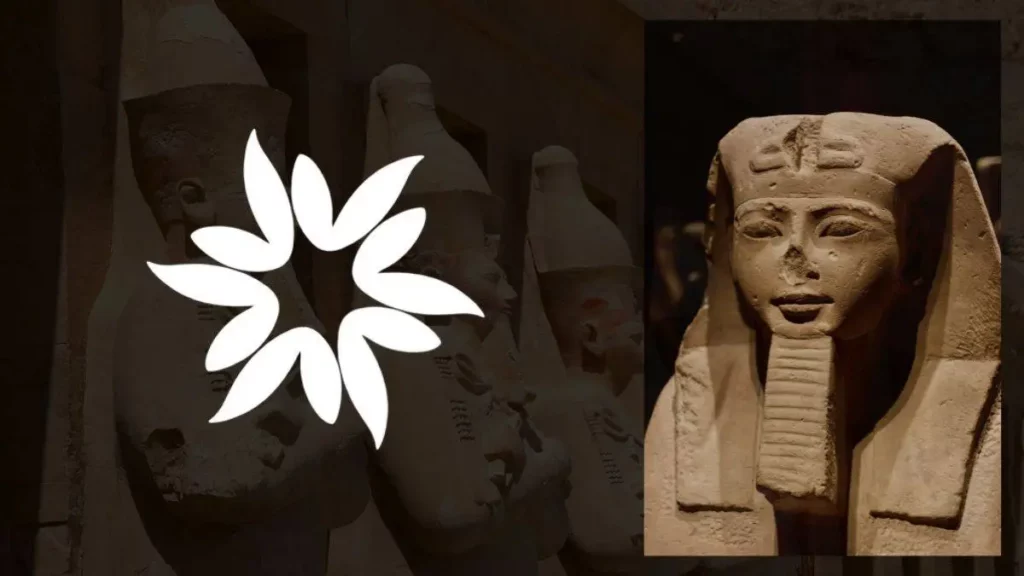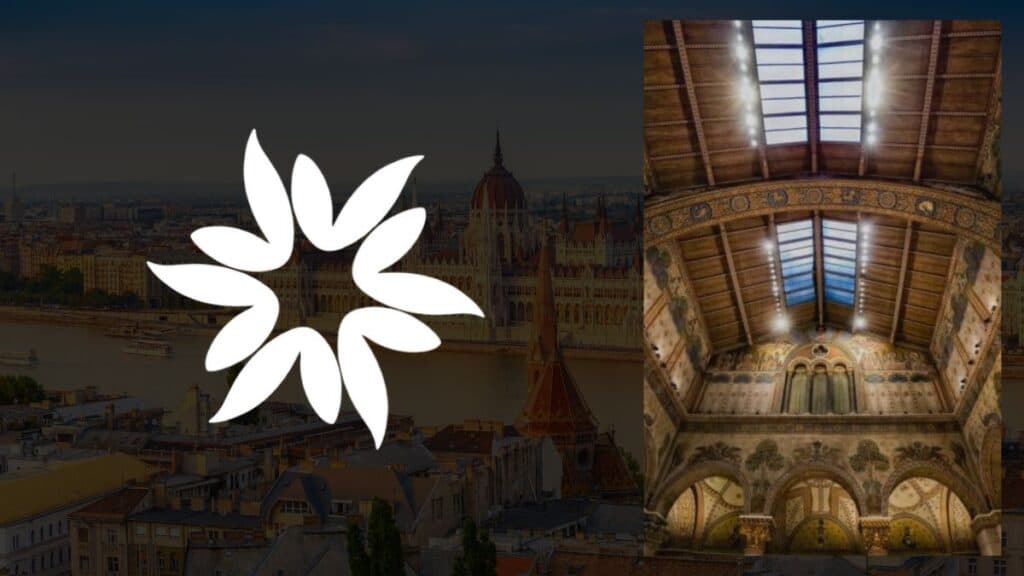A groundbreaking discovery has been made by an international team of archaeologists at the Pañamarca archaeological site along the coast of Peru.
The team has unearthed two extraordinary 1,400-year-old murals depicting two-faced men, located within a ceremonial hall.
Recent discoveries at Pañamarca have helped create a more comprehensive understanding of Peruvian history and culture.

This remarkable find was led by experts Lisa Trever of Columbia University, Jessica Ortiz Zevallos, and Michele Koons from the Denver Museum of Nature & Science.
The murals, dating back to the Moche civilization, depict the two-faced men holding unusual items, including a goblet from which hummingbirds are drinking.
Researchers believe that these murals may allude to sacrifice and cosmic realms.
Innovative Art and Movement
The two murals, found on the same pillar within the ceremonial hall, are rich in detail.
The first two-faced man holds a feather fan and a goblet with four hummingbirds drinking from it, while the second holds a moving feather fan and a partially preserved stick-like object.
The artists may have been experimenting with depicting movement and multiple narrative moments simultaneously.
Both men are adorned with headdresses or crowns and elaborate, colorful clothing.
Pañamarca’s Mysterious Ceremonial Hall
Pañamarca, an architectural complex in Peru’s lower Nepeña Valley, contains numerous other murals depicting a priestess, a serpent, and a bat.
Despite over 60 years of study since the first mural was discovered in 1958, much of the hall remains unexcavated, with more murals likely waiting to be found.
The purpose and function of the hall remain uncertain, and it is believed that only community leaders or elders at Pañamarca had access to this special space.
International, Women-led Team Unveils Ancient Peruvian History
The Archaeological Research Project (PIA) “Paisajes Arqueológicos de Pañamarca” is led by an international team of women archaeologists and conservators.
They have uncovered less than 10 percent of the extensive paintings within the Pañamarca complex and plan to return to the site in 2023.
The Denver Museum of Nature & Science and Columbia University are exploring ways to support the project in 2023 and beyond.
Connecting Past and Present through Art
Recent discoveries at Pañamarca have helped create a more comprehensive understanding of Peruvian history and culture.
The ancient murals and motifs found at the site are influencing contemporary artwork, political campaigns, and brand marketing.
The project has the potential to usher in a new era of appreciation for Moche art, including its impact on contemporary artists who draw inspiration from these ancestral works.
Understanding the Moche People
Archaeologists and art historians are working together to piece together narratives from the ancient murals and artifacts at Pañamarca.
The murals, alongside evidence of highland-style textiles, tropical feathers, and locally-made ceramics, suggest multicultural relationships and long-distance economies.
The Moche civilization predates the Inca Empire, and further excavation and research at Pañamarca may reveal more about their collective identity and aspirations.
Continued Excavation and Preservation Efforts
The team will return to Pañamarca in 2023 to continue excavation, conservation, and documentation efforts.
They will be adding to their digital collection of photos, visual renderings, and virtual reality assets, which will be made publicly accessible online.
The end of the field season will see the site reburied for protection, as leaving the ancient earthen art exposed without maintenance could lead to its destruction.
Article In a Snapshot
- International team of archaeologists discovers two 1,400-year-old murals of two-faced men at Pañamarca archaeological site in Peru.
- Murals date back to Moche civilization and depict two-faced men holding unusual items, possibly alluding to sacrifice and cosmic realms.
- Innovative art techniques may have been used to depict movement and multiple narrative moments.
- Pañamarca’s ceremonial hall still holds many mysteries, with more murals likely waiting to be found.
- International, women-led team uncovers less than 10% of paintings within the Pañamarca complex, with plans to return in 2023.
- Recent discoveries at Pañamarca connect past and present through art, influencing contemporary artwork, political campaigns, and brand marketing.
- Archaeologists and art historians are piecing together narratives to understand the Moche civilization and their multicultural relationships.
- Continued excavation, conservation, and documentation efforts planned for 2023, with a digital collection of assets to be made publicly accessible online.








